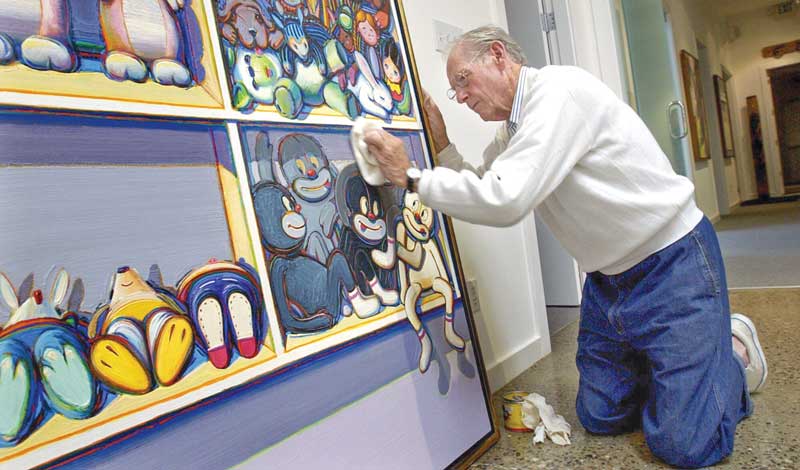American artist Wayne Thiebaud (1920–2021) found artistic inspiration in life’s simplest pleasures. With thick brushwork and vibrant hues, he elevated everyday items—pies, lipsticks, hot dogs and paint cans—into joyful tributes to the ordinary.
Thiebaud’s journey as an artist began with hands-on experience, including summer stints at Walt Disney Studios and Frank Wiggins Trade School in Los Angeles. For more than a decade (from 1938 to 1949), he worked as a cartoonist and designer on both coasts. During World War II, he joined the First Motion Picture Unit of the U.S. Army Air Forces, contributing to its instructional, moral and propaganda films supporting the war effort.
Later, as a professor at the University of California, Davis, Thiebaud mentored generations of students for more than three decades. His iconic pop art style took shape during a teaching sabbatical in the mid-1950s, when he spent time in New York and connected with abstract expressionists such as Elaine and Willem de Kooning and Franz Kline.
Thiebaud began painting simple foods and objects—cakes, gumball machines, deli counters—not for irony but to explore form, color and shadow. Upon returning to California, he helped foster creative communities through artist co-ops. He gained national attention in 1962, when his work was featured in the landmark Sidney Janis Gallery exhibition, a key moment in the emergence of pop art. His pieces were displayed alongside those of Roy Lichtenstein, Andy Warhol and Edward Ruscha.
Though his work helped shape the visual language of pop art, Thiebaud never saw himself as part of any particular movement. From the 1950s onward, he followed his own path—one brushstroke at a time—always embracing the title he valued most: painter.
—Prepared by the World Tribune staff
You are reading {{ meterCount }} of {{ meterMax }} free premium articles

